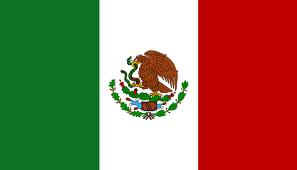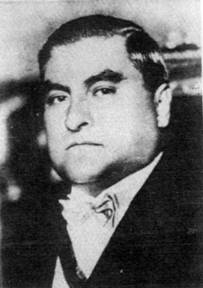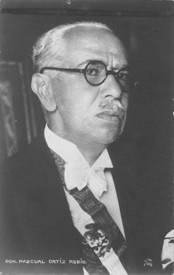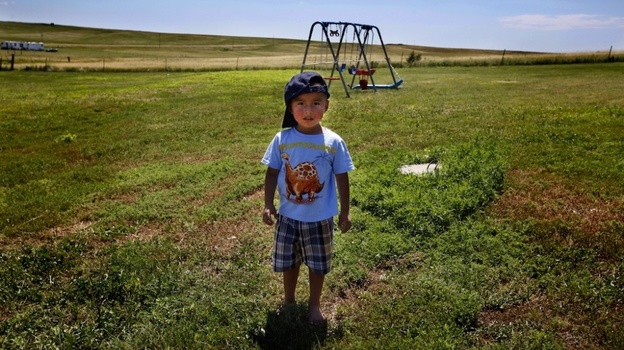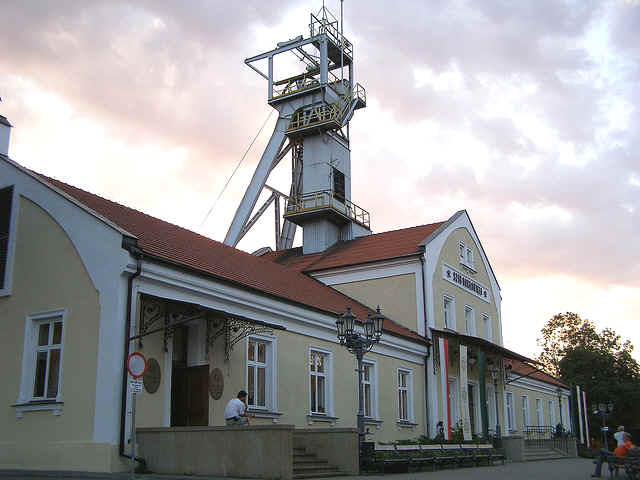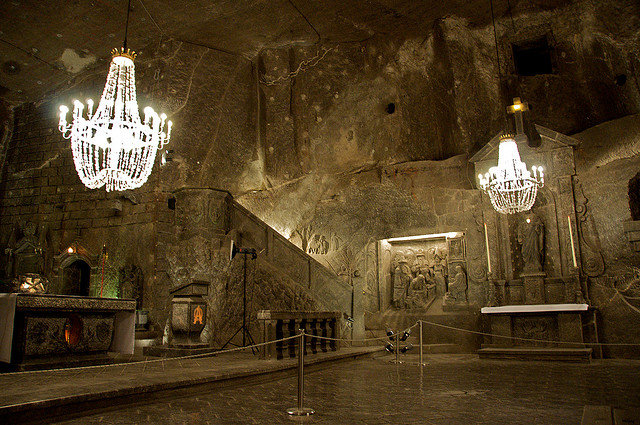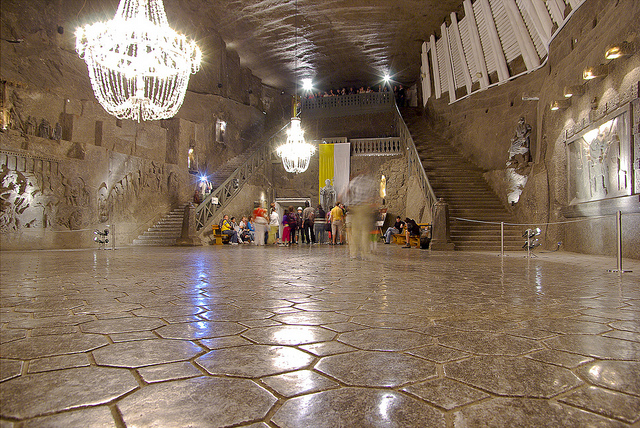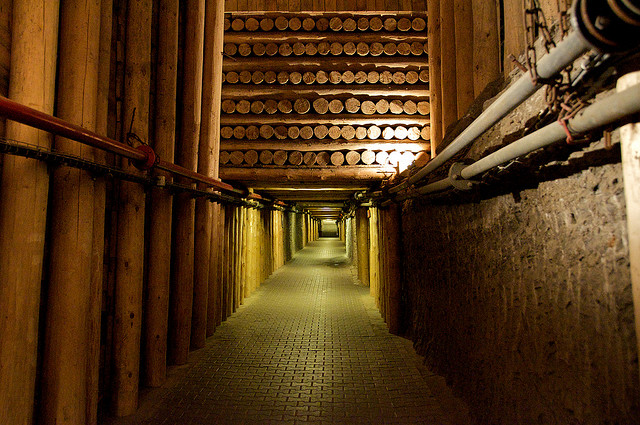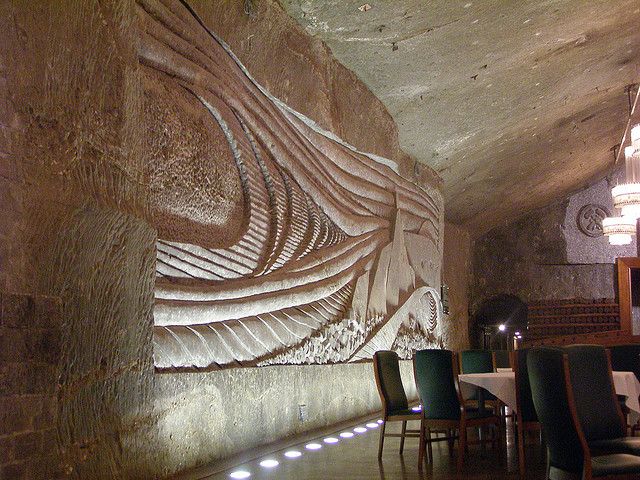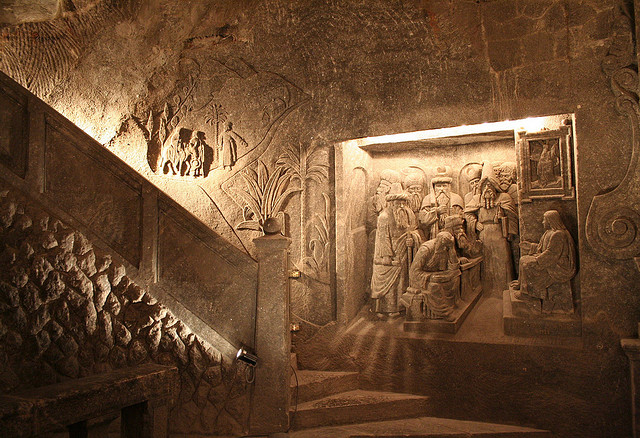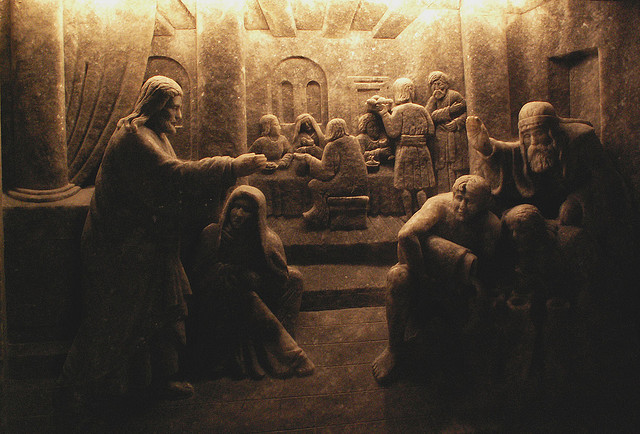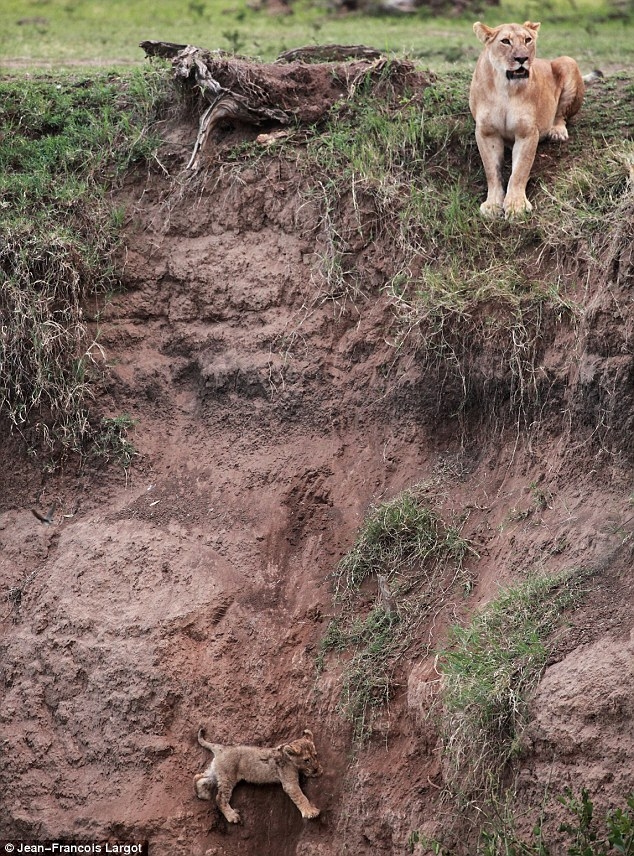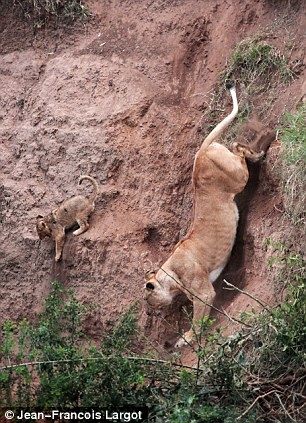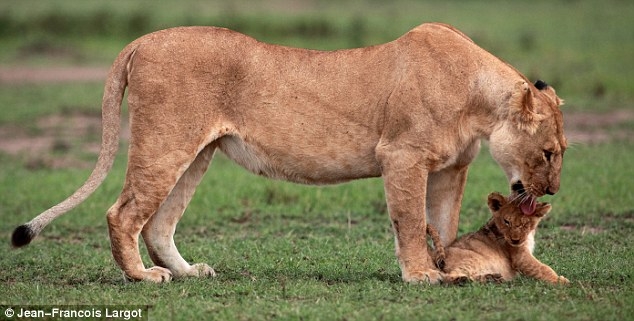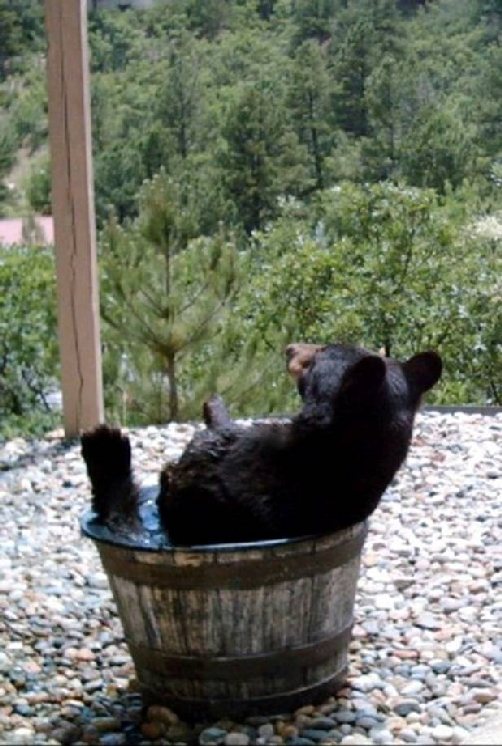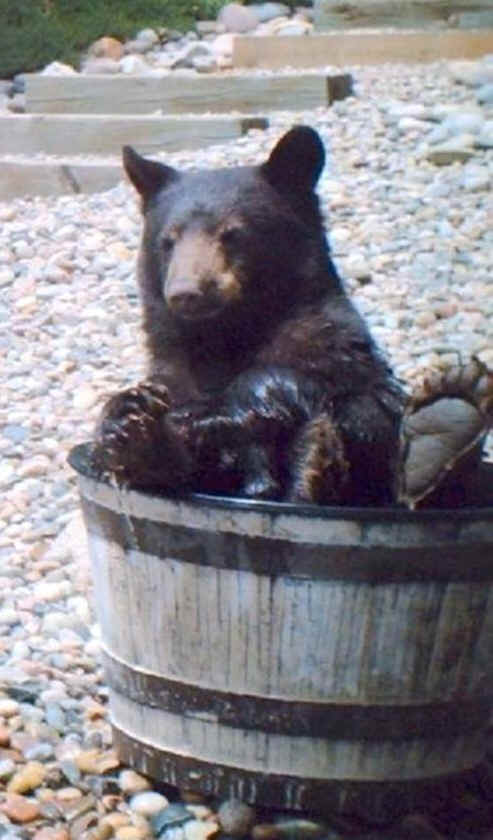|
The results of the 2010 Mexican Census have
been published and a comparison with the 2000 Censo and 2005 Conteo
(Count) reveals a significant increase in the number of Mexicans 5
years of age and older who speak indigenous languages. But while the
overall numbers rose in many states, the percentage of indigenous
speakers in individual states actually dropped in many parts of
Mexico
.
The overall number of
indigenous speakers dropped from 6,044,547 to 6,011,202 between 2000
and 2005, but increased to
6,695,228 in 2010. At
the same time, the percentage of indigenous speakers dropped from 7.2%
to 6.7% between 2000 and 2005 and remained at 6.7% in 2010.
It is important to
point out that the criteria in this tally represents people who speak
indigenous languages and that the number of Mexicans who
consider themselves to be indigenous – through culture, tradition,
spirit, genetics and other factors –was measured in a separate
census question to be discussed below.
Most
Spoken Languages
Náhuatl remains the
most widely spoken language in
Mexico
with 1,544,968 persons five years of age and older speaking that
tongue. Náhuatl speakers, in fact, represented 23.08% of the
indigenous speakers 5 and older in the
Mexican
Republic
, up from 22.89% in the 2005 census count. The most commonly spoken
languages in
Mexico
at the time of the 2010 census were:
- Náhuatl
– 1,544,968 (23.08% of all indigenous speakers)
- Maya
– 786,113 (11.74%)
- Mixtec
Languages – 476,472 (7.12%)
- Tzeltal
– 445,856 (6.66%)
- Zapotec
Languages – 450,419 (6.73%)
- Tzotzil
– 404,704 (6.04%)
- Otomí
– 284,992 (4.26%)
More than 50% of the
people who speak indigenous languages in
Mexico
speak the Náhuatl, Maya, Mixtec and Tzeltal languages. These
languages are found in considerable numbers in many Mexican states far
from their traditional homelands, in large part because of migration
to the northern states and urban areas, usually in search of gainful
employment. Persons who speak Zapotec, Tzotzil, Otomi, Totonac,
Mazatec and Chol make up another 28% of the indigenous speaking
population 5 and older.
The following table illustrates the number of
speakers for the primary indigenous languages of
Mexico
in the 1970, 1990, 2000 and 2010 censuses. In addition, the last
column shows the percentage of indigenous speakers for each language
(out of the total number of indigenous speakers in the country) in
2010:
|
Indigenous
Language
|
1970
Census
|
1990
Census
|
2000
Census
|
2010
Census
|
%
|
|
Náhuatl
|
799,394
|
1,197,328
|
1,448,936
|
1,544,968
|
23.08%
|
|
Maya
|
454,675
|
713,520
|
800,291
|
786,113
|
11.74%
|
|
Mixtec Languages
|
233,235
|
386,874
|
446,236
|
476,472
|
7.12%
|
|
Tzeltal
|
99,412
|
261,084
|
284,826
|
445,856
|
6.66%
|
|
Zapotec Languages
|
283,345
|
403,457
|
452,887
|
450,419
|
6.73%
|
|
Tzotzil
|
95,383
|
229,203
|
297,561
|
404,704
|
6.04%
|
|
Otomí
|
221,062
|
280,238
|
291,722
|
284,992
|
4.26%
|
|
Totonaca
|
124,840
|
207,876
|
240,034
|
244,033
|
3.64%
|
|
Mazateco
|
101,541
|
168,374
|
214,477
|
223,073
|
3.33%
|
|
Chol
|
73,253
|
128,240
|
161,766
|
212,117
|
3.17%
|
|
Huasteco
|
66,091
|
120,739
|
150,257
|
161,120
|
2.41%
|
|
Mazahua
|
104,729
|
127,826
|
133,430
|
135,897
|
2.03%
|
|
Chinantec Languages
|
54,145
|
109,100
|
133,374
|
133,438
|
1.99%
|
|
Mixe
|
54,403
|
95,264
|
118,924
|
132,759
|
1.98%
|
|
Purépecha
|
60,411
|
94,835
|
121,409
|
124,494
|
1.86%
|
|
Tlapaneco
|
30,804
|
68,483
|
99,389
|
120,072
|
1.79%
|
|
Tarahumara
|
25,479
|
54,431
|
75,545
|
85,018
|
1.27%
|
|
Zoque
|
27,140
|
43,160
|
51,464
|
63,022
|
0.94%
|
|
Tojolabal
|
13,303
|
36,011
|
37,986
|
51,733
|
0.77%
|
|
Amuzgo
|
13,883
|
28,228
|
41,455
|
50,635
|
0.76%
|
|
Chatino
|
11,773
|
29,006
|
40,722
|
45,019
|
0.67%
|
|
Huichol
|
6,874
|
19,363
|
30,686
|
44,788
|
0.67%
|
|
Chontal
|
N.A.
|
36,267
|
38,561
|
42,306
|
0.63%
|
|
Popoluca
|
27,818
|
31,254
|
38,477
|
41,091
|
0.61%
|
|
Mayo
|
27,848
|
37,410
|
31,513
|
39,616
|
0.59%
|
|
Tepehuano
|
5,617
|
18,469
|
25,544
|
35,873
|
0.54%
|
|
Cora
|
6,242
|
11,923
|
16,410
|
20,078
|
0.30%
|
|
Huave
|
7,442
|
11,955
|
14,224
|
17,554
|
0.26%
|
|
Yaqui
|
7,084
|
10,984
|
13,317
|
17,116
|
0.26%
|
|
Cuicateco
|
10,192
|
12,677
|
13,425
|
12,785
|
0.19%
|
|
Other Languages
|
63,997
|
308,768
|
179,699
|
248,067
|
3.71%
|
|
Mexican
Republic
|
3,111,415
|
5,282,347
|
6,044,547
|
6,695,228
|
100.00%
|
The
Mexican States
The Mexican states with the largest populations
of indigenous speakers (by number) are:
-
Oaxaca
– 1,165,186 indigenous speakers
-
Chiapas
– 1,141,499 indigenous speakers
-
Veracruz
– 644,559 indigenous speakers
-
Puebla
– 601,680 indigenous speakers
- Yucatán –
537,516 indigenous speakers
- Guerrero –
456,774 indigenous speakers
-
Hidalgo
– 359,972 indigenous speakers
By percentage, the nine states within indigenous
speaking populations of more than 10% are:
-
Oaxaca
(34.2%) – dropped from 35.3% in the 2005 census count
- Yucatán
(30.3%) – dropped from 33.5% in the 2005 census count
-
Chiapas
(27.2%) – increased from 26.1% in the 2005 census count
- Quintana Roo
(16.7%) – dropped from 19.3% in the 2005 census count
- Guerrero
(15.1%) – dropped from 14.2% in the 2005 census count
-
Hidalgo
(15.1%) – dropped from 15.5% in the 2005 census count
-
Campeche
(12.3%) – dropped from 13.3% in the 2005 census count
-
Puebla
(11.7%) – the same percentage as the 2005 census count
-
San Luis Potosí
(10.7%) – dropped from 11.1% in the 2005 census count
Veracruz
lands in tenth place, with 9.4% indigenous speakers. With
the exception of the
Chiapas
dialects, many of the most populous indigenous languages have declined
in percentage, possibly due to immigration to the
United States
and other countries and also do to the increase of the non-indigenous
speaking population.
Another factor in the
decline is that many indigenous migrants who move from Oaxaca, Puebla,
Guerrero, or Campeche to large urban areas in Mexico City or the North
may have children who, in the absence of a nurturing mother culture,
may tend to assimilate and perhaps stop speaking their mother tongue
as they socialize and work with their non-indigenous friends,
associates, and neighbors.
The number and percentage of indigenous speakers
in each of the Mexican states is illustrated in the table below, along
with information on the two most commonly spoken languages of each
state. The table is sorted by percent (the third column):
|
State
|
Number
of Persons Who Speak an Indigenous Languages*
|
%
|
Most
Commonly Spoken Language
|
%
|
Second
Most Commonly Spoken Language
|
|
Oaxaca
|
1,165,186
|
34.2%
|
Zapotec
|
31.1%
|
Mixteco
|
|
Yucatán
|
537,516
|
30.3%
|
Maya
|
98.7%
|
Chol
|
|
Chiapas
|
1,141,499
|
27.2%
|
Tzeltal
|
37.9%
|
Tzotzil
|
|
Quintana Roo
|
196,060
|
16.7%
|
Maya
|
89.6%
|
Tzotzil
|
|
Guerrero
|
456,774
|
15.1%
|
Náhuatl
|
27.5%
|
Mixteco
|
|
Hidalgo
|
359,972
|
15.1%
|
Náhuatl
|
65.8%
|
Otomi
|
|
Campeche
|
91,094
|
12.3%
|
Maya
|
78.2%
|
Chol
|
|
Puebla
|
601,680
|
11.7%
|
Náhuatl
|
72.6%
|
Totonaco
|
|
San Luis Potosí
|
248,196
|
10.7%
|
Náhuatl
|
55.5%
|
Huasetco
|
|
Veracruz de Ignacio de la Llave
|
644,559
|
9.4%
|
Náhuatl
|
53.6%
|
Totonaca
|
|
Nayarit
|
49,963
|
5.1%
|
Huichol
|
47.7%
|
Cora
|
|
Chihuahua
|
104,014
|
3.5%
|
Tarahumara
|
77.8%
|
Tepehuanes
|
|
Michoacán de Ocampo
|
136,608
|
3.5%
|
Purépecha
|
83.1%
|
Náhuatl
|
|
Tabasco
|
60,526
|
3.0%
|
Chontal
de Tabaco
|
60.8%
|
Chol
|
|
Estado de México
|
376,830
|
2.8%
|
Mazahua
|
30.7%
|
Otomí
|
|
Tlaxcala
|
27,653
|
2.6%
|
Náhuatl
|
83.7%
|
Totonaca
|
|
Sonora
|
60,310
|
2.5%
|
Mayo
|
46.4%
|
Yaqui
|
|
Durango
|
30,894
|
2.1%
|
Tepehuanes
|
80.0%
|
Huichol
|
|
Morelos
|
31,388
|
2.0%
|
Náhuatl
|
61.4%
|
Mixteco
|
|
Baja California
Sur
|
10,661
|
1.9%
|
Náhuatl
|
27.9%
|
Mixteco
|
|
Querétaro
|
29,585
|
1.8%
|
Otomí
|
80.8%
|
Náhuatl
|
|
Baja California
|
41,005
|
1.5%
|
Mixteco
|
37.2%
|
Zapoteco
|
|
Distrito Federal
|
122,411
|
1.5%
|
Náhuatl
|
27.5%
|
Mixteco
|
|
Nuevo León
|
40,137
|
1.0%
|
Náhuatl
|
53.9%
|
Huasteco
|
|
Sinaloa
|
23,426
|
0.9%
|
Mayo
|
47.2%
|
Náhuatl
|
|
Jalisco
|
51,702
|
0.8%
|
Huichol
|
33.1%
|
Náhuatl
|
|
Tamaulipas
|
23,296
|
0.8%
|
Náhuatl
|
42.9%
|
Huasteco
|
|
Colima
|
3,983
|
0.7%
|
Náhuatl
|
35.5%
|
Mixteco
|
|
Zacatecas
|
4,924
|
0.4%
|
Huichol
|
19.1%
|
Náhuatl
|
|
Guanajuato
|
14,835
|
0.3%
|
Otomi
|
21.6%
|
Chichimeca
Jonaz
|
|
Aguascalientes
|
2,436
|
0.2%
|
Náhuatl
|
16.0%
|
Mazahua
|
|
Coahuila de Zaragoza
|
6,105
|
0.2%
|
Náhuatl
|
15.2%
|
Kikapú
|
|
Mexican
Republic
|
6,695,228
|
6.7%
|
Náhuatl
|
23.1%
|
Maya
|
|
* These statistics refer to persons who are
five years of age and older.
|
Indigenous Speakers 3
Years and Over
In previous censuses, information on the
indigenous speaking population five years of age and older was
obtained from the Mexican people. However, in the 2010 census, this
approach was changed and the Government also began to collect data on
people 3 years and older because from the age of 3, children are able
to communicate verbally. With this new approach, it was determined
that there were 6,913,362 people 3 years of age or more who spoke an
indigenous language (218,000 children 3 and 4 four years of age fell
into this category). The
population of children aged 0 to 2 years in homes where the head of
household or a spouse spoke an indigenous language was 678 954.
The states with the highest percentages of
population aged 3 and over speaking an indigenous language were:
-
Oaxaca
(33.8%)
- Yucatán
(29.6%)
-
Chiapas
(27.3%)
- Quintana Roo
(16.2%)
However, in nine states, this percentage was lower than a percent (Jalisco,
Sinaloa,
Guanajuato
,
Aguascalientes
,
Tamaulipas
,
Durango
, Zacatecas, Nuevo León and Coahuila de Zaragoza).
It is worth noting that the percentage of this population in
the
Federal District
was 1.5%, which in absolute terms represents 123 000 people.
Mexicans
Considered Indigenous
The 2010 census also included a question that
asked people if they considered themselves indigenous, whether or not
an indigenous language was spoken. The results of this question
indicated that 15.7 million persons 3 years of age and older identified themselves as
“indigenous.” By
comparison, 6.9 million people
in the same age bracket were tallied as indigenous speakers, meaning
that approximately 8.8 million Mexicans aged 3 and older did not speak
an indigenous language but considered themselves to be of indigenous
origin.
The states with the greatest percentage of
persons who considered themselves indigenous were
Yucatan
(62.7%),
Oaxaca
(58.0%), Quintana Roo (33.8%),
Chiapas
(32.7%) and
Campeche
(32.0%). The following
table illustrates both census categories for each state side-by-side
for comparison:
|
State
|
Percentage
of Persons 3 years of age and older who speak an indigenous
language
|
Percentage
of Persons 3 years of age and older who are considered
indigenous
|
|
Yucatán
|
29.6%
|
62.7%
|
|
Oaxaca
|
33.8%
|
58.0%
|
|
Quintana Roo
|
16.2%
|
33.8%
|
|
Chiapas
|
27.3%
|
32.7%
|
|
Campeche
|
12.0%
|
32.0%
|
|
Hidalgo
|
14.8%
|
30.1%
|
|
Puebla
|
11.5%
|
25.2%
|
|
Guerrero
|
15.2%
|
22.6%
|
|
Veracruz de Ignacio de la Lave
|
9.3%
|
19.9%
|
|
San Luis Potosí
|
10.6%
|
19.2%
|
|
Tlaxcala
|
2.6%
|
17.1%
|
|
Morelos
|
1.9%
|
15.5%
|
|
Querétaro
|
1.8%
|
15.1%
|
|
Michoacán de Ocampo
|
3.5%
|
14.6%
|
|
Colima
|
0.7%
|
13.3%
|
|
Sonora
|
2.5%
|
11.9%
|
|
Estado de México
|
2.7%
|
11.3%
|
|
Tabasco
|
2.9%
|
10.7%
|
|
Nayarit
|
5.2%
|
10.1%
|
|
Chihuahua
|
3.5%
|
8.4%
|
|
Baja California
Sur
|
1.8%
|
7.1%
|
|
Baja California
|
1.4%
|
5.7%
|
|
Distrito Federal
|
1.5%
|
5.2%
|
|
Jalisco
|
0.8%
|
4.8%
|
|
Sinaloa
|
0.9%
|
4.6%
|
|
Guanajuato
|
0.3%
|
4.3%
|
|
Aguascalientes
|
0.2%
|
4.2%
|
|
Tamaulipas
|
0.8%
|
3.9%
|
|
Durango
|
2.2%
|
3.8%
|
|
Zacatecas
|
0.4%
|
2.9%
|
|
Nuevo León
|
0.9%
|
1.9%
|
|
Coahuila de Zaragoza
|
0.2%
|
1.9%
|
|
Mexican
Republic
|
6.6%
|
14.9%
|
Tasa de Monolingüismo
(Rate of Monolingualism)
Between the 2000 and 2010 censuses, the number of
Mexicans who spoke indigenous languages but did not speak Spanish
dropped from 16.9% of the population to 15.2%. In the 2010 census, the
rate of monolingualism among indigenous speakers showed marked
differences according to age. Of all children aged 5 to 9 years, 36.9%
were monolingual. Among adults 65 years and older, the rate was 23%.
Among youths aged 15 to 29 years and
people aged 30 to 64 years, the percentage of monolingual indigenous
speakers was 6.8% and 12.5%, respectively. The following table reveals
the rate of monolingualism in both the 2000 and 2010 census for the
most commonly spoken Mexican languages:
|
Principle
Languages
|
2000
Census – Rate of Monolingualism (Percent)
|
2010
Census – Rate of Monolingualism (Percent)
|
|
Amuzgo
|
46.1
|
41.4
|
|
Tzeltal
|
41.4
|
36.9
|
|
Tzotzil
|
40.6
|
36.7
|
|
Tlapaneco
|
32
|
28.5
|
|
Cora
|
31.5
|
27.8
|
|
Chatino
|
30.3
|
27
|
|
Chol
|
29.8
|
22.4
|
|
Mixtec Languages
|
23
|
21.3
|
|
Tojolabal
|
30.2
|
20.4
|
|
Mixe
|
25
|
19.6
|
|
Mazateco
|
25.5
|
19.5
|
|
Huave
|
16.3
|
17.2
|
|
Total
|
16.9
|
15.2
|
|
Tepehuano
|
19.9
|
14.9
|
|
Huichol
|
15.5
|
14
|
|
Totonaca
|
16.4
|
12.9
|
|
Tarahumara
|
18
|
12.5
|
|
Chinantec Languages
|
13.4
|
11.6
|
|
Náhuatl
|
13.8
|
10.5
|
|
Zapotec Languages
|
11
|
9
|
|
Purépecha
|
12.9
|
7.8
|
|
Huasteco
|
10
|
7.4
|
|
Maya
|
8.2
|
6.6
|
|
Zoque
|
9.4
|
6.5
|
|
Yaqui
|
6
|
5.1
|
|
Otomí
|
5.9
|
4.4
|
|
Cuicateco
|
7.7
|
4.1
|
|
Mazahua
|
1.9
|
1.1
|
|
Mayo
|
0.7
|
0.3
|
|
Mexican Republic
|
16.9
|
15.2
|
|
Source: INEGI, Tasa de monolingüismo de la
población hablante de lengua indígena de 5 y más años por
principales lenguas según sexo, 2000 y 2010
|
Highest
Rates of Monolingualism
The Mexican indigenous language with the highest
rate of monoligualism is the Amuzgo tongue.
Amuzgo is an Oto-Manguean language spoken in certain sections
of both Guerrero and Oaxaca by a little more than 50,000 people. It is
only the twentieth most spoken language group in the Mexican Republic.
But the rate of monolingualism for this language dropped from 46.1% in
2000 to 41.4% in 2010.
The second and third Mexican languages with the
highest rate of monolingualism are sister-languages, Tzeltal (36.9%)
and Tzotzil (36.7%) –
both are Mayan tongues spoken in the State of Chiapas.
Both languages saw significant increases in their overall
populations between the 2000 and 2010 census, but declines in the rate
of monolingualism.
The fourth language with the highest rate of
monolingualism is Tlapaneco (28.5%), which is spoken by over 120,000
individuals and is the sixteenth most commonly spoken language group
in Mexico. Tlapaneco is spoken in Guererro. Remarkably, the Tlapaneco
were one of the few indigenous groups in Southern Mexico that were not
conquered by the Aztecs and they have managed to retain many elements
of their original culture.
The language with the fifth highest rate of
monolingualism is the Cora language (27.8%), which is spoken primarily
in Nayarit, as well as in some parts of Jalisco.
The Future
The future of Mexico’s indigenous languages is
not certain, but there does appear to be some effort to carry on some
of the nation’s ancient languages.
The movement of indigenous peoples from their places of origin
to other parts of Mexico will play some role in the continued decline
of some languages. On the
other hand, the sense of pride and cultural identity among some
indigenous groups will ensure the survival of many of the languages
well into the future.
Sources:
Instituto Nacional de Estadística Geografía e
Informática (INEGI). Conteos
de Población y Vivienda, 2005.
INEGI. Censos
de Población y Vivienda, 2000 y 2010.
INEGI, Censo
de Población y Vivienda (2010): Panorama sociodemográfico de México
(March 2011).
INEGI, Principales
resultados del Censo de Población y Vivienda 2010.
Copyright
© 2011, by John P. Schmal.
|
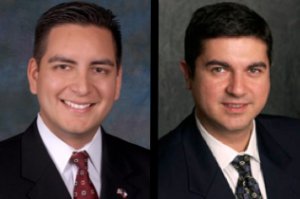 It
seems like every time you turn around in Texas these days, there’s
another young, educated Latino professional with political aspirations
who’s either running for office — or just won office. And while it
would be easy to say anecdotally that more Latinos are being elected
to office in Texas, the facts speak for themselves.
It
seems like every time you turn around in Texas these days, there’s
another young, educated Latino professional with political aspirations
who’s either running for office — or just won office. And while it
would be easy to say anecdotally that more Latinos are being elected
to office in Texas, the facts speak for themselves.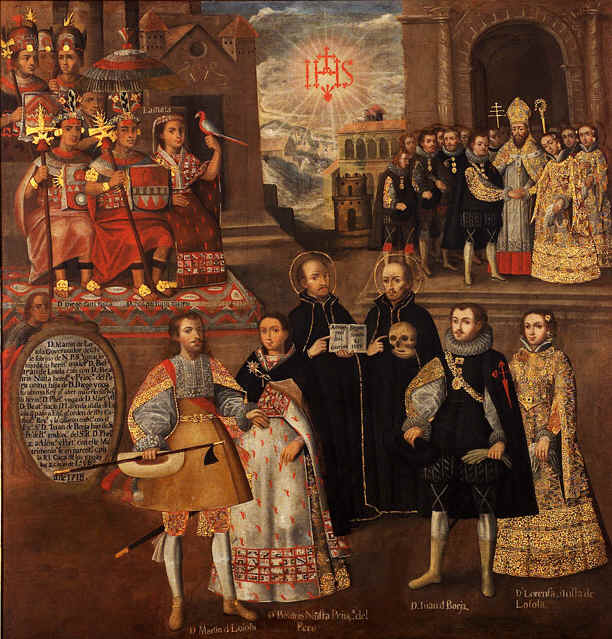
 First federal Thanksgiving proclamation was issued by President George Washington in
1789.
First federal Thanksgiving proclamation was issued by President George Washington in
1789. 

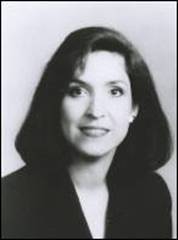

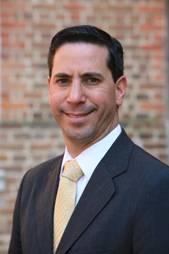
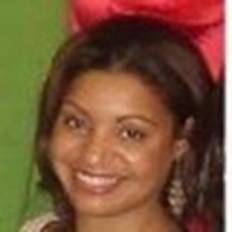
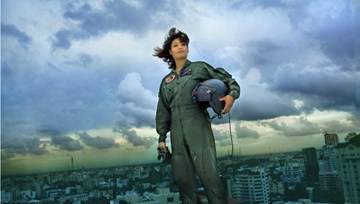 Chalas’
twenty-year aviation career in the U.S. Army Reserve and National Guard
includes flying soldiers and equipment to and from the battlefield during
Operation Iraqi Freedom, to flying four-star generals, ambassadors, and
Congressmen. “Thanks to my persistence, I have touched the sky,” stated
Chalas.
Chalas’
twenty-year aviation career in the U.S. Army Reserve and National Guard
includes flying soldiers and equipment to and from the battlefield during
Operation Iraqi Freedom, to flying four-star generals, ambassadors, and
Congressmen. “Thanks to my persistence, I have touched the sky,” stated
Chalas.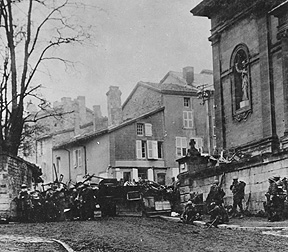


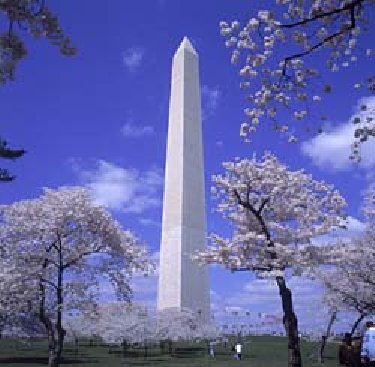
 The gallery was exceptional. As the son of a World War II B-17 bomber pilot, I could have easily spent hours there, examining each carefully assembled exhibit in detail. One exhibit, however, caught my attention and stayed with me long after I’d left the museum. It was a battle-worn American flag, which, along with its incredible story, was donated to the museum by Marble Falls resident Pat Spain. In 1942, while serving in the U.S. Army on the island of Mindanao, Spain’s husband Paul and fellow soldiers Joe Victoria and Eddie Lindros were ordered to burn the U.S. flag at the Del Monte Airfield to prevent its capture by the approaching Japanese. Before they carried out their orders, however, the three soldiers removed the flag’s 48 stars and hid them in their clothing. Over the next 42 months, the men were transferred to several POW camps and eventually to Japan. All the while, they kept the stars hidden. As the war came to a close, the men began receiving parachute drops with food and aid, which signaled that their liberation was imminent. Spain, Victoria and Lindros wanted to make the U.S. troops feel welcome when they arrived, so they set out to sew the stars back together, using material from the parachutes and other scraps of fabric, an old pedal-driven sewing machine they managed to find, and a rusty nail, which they converted into a sewing needle. When the American troops arrived at the camp on September 7, 1945, their “new” flag was flying proudly over the camp.
The gallery was exceptional. As the son of a World War II B-17 bomber pilot, I could have easily spent hours there, examining each carefully assembled exhibit in detail. One exhibit, however, caught my attention and stayed with me long after I’d left the museum. It was a battle-worn American flag, which, along with its incredible story, was donated to the museum by Marble Falls resident Pat Spain. In 1942, while serving in the U.S. Army on the island of Mindanao, Spain’s husband Paul and fellow soldiers Joe Victoria and Eddie Lindros were ordered to burn the U.S. flag at the Del Monte Airfield to prevent its capture by the approaching Japanese. Before they carried out their orders, however, the three soldiers removed the flag’s 48 stars and hid them in their clothing. Over the next 42 months, the men were transferred to several POW camps and eventually to Japan. All the while, they kept the stars hidden. As the war came to a close, the men began receiving parachute drops with food and aid, which signaled that their liberation was imminent. Spain, Victoria and Lindros wanted to make the U.S. troops feel welcome when they arrived, so they set out to sew the stars back together, using material from the parachutes and other scraps of fabric, an old pedal-driven sewing machine they managed to find, and a rusty nail, which they converted into a sewing needle. When the American troops arrived at the camp on September 7, 1945, their “new” flag was flying proudly over the camp.
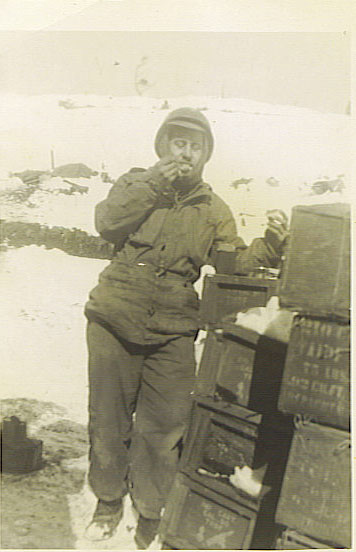



 ATLANTA — For years, Bryon Widner thrived on hate as a violent skinhead — a razor-carrying “enforcer” who helped
organize other racist gangs around the United States. His hate was literally etched on his face in the form of tattoos with racist and violent themes.
But with the help of the Southern Poverty Law Centre — the nation’s leading monitor of hate and extremist activity — Widner left the white-power movement and endured nearly two years of excruciating laser treatments to remove the tell-tale tattoos so that he could start a new life with his wife and children.
ATLANTA — For years, Bryon Widner thrived on hate as a violent skinhead — a razor-carrying “enforcer” who helped
organize other racist gangs around the United States. His hate was literally etched on his face in the form of tattoos with racist and violent themes.
But with the help of the Southern Poverty Law Centre — the nation’s leading monitor of hate and extremist activity — Widner left the white-power movement and endured nearly two years of excruciating laser treatments to remove the tell-tale tattoos so that he could start a new life with his wife and children. The SPLC provided financial aid that allowed Widner to get the tattoos removed from his face and hands at Vanderbilt University Medical Centre in Nashville. Each treatment left Widner’s face badly blistered and swollen — a sort of penance for his violent past.
Part 2 (OC Register, Nov 8, 2011) included the fact that the cost
for the removal was paid for by an anonymous donor, and cost
$35.000.00.
The SPLC provided financial aid that allowed Widner to get the tattoos removed from his face and hands at Vanderbilt University Medical Centre in Nashville. Each treatment left Widner’s face badly blistered and swollen — a sort of penance for his violent past.
Part 2 (OC Register, Nov 8, 2011) included the fact that the cost
for the removal was paid for by an anonymous donor, and cost
$35.000.00.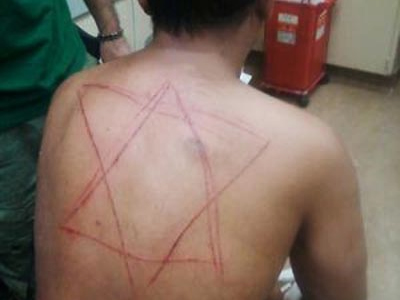

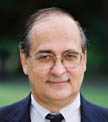
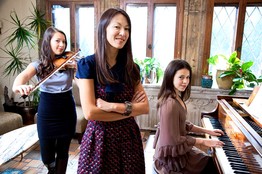
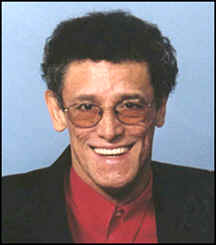


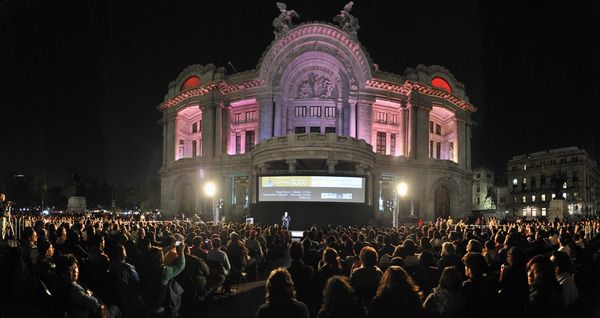

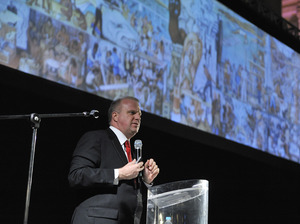


 Here
is a Hispanic American death notice in Spanish printed by the
Here
is a Hispanic American death notice in Spanish printed by the 


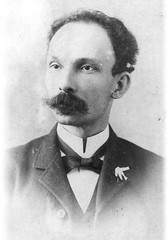
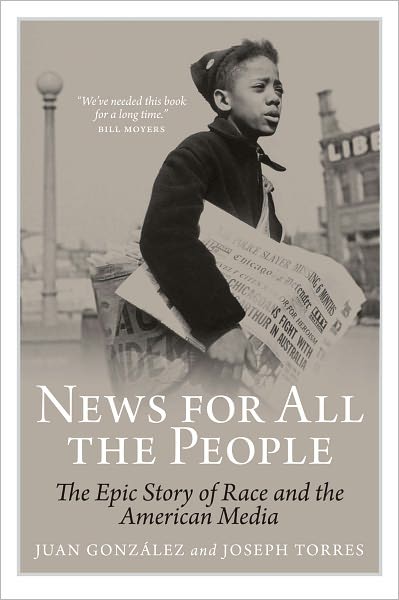
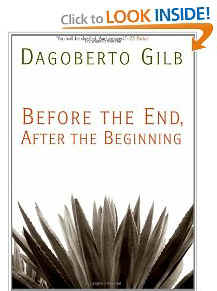
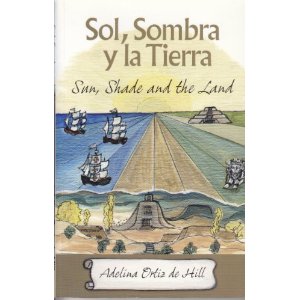

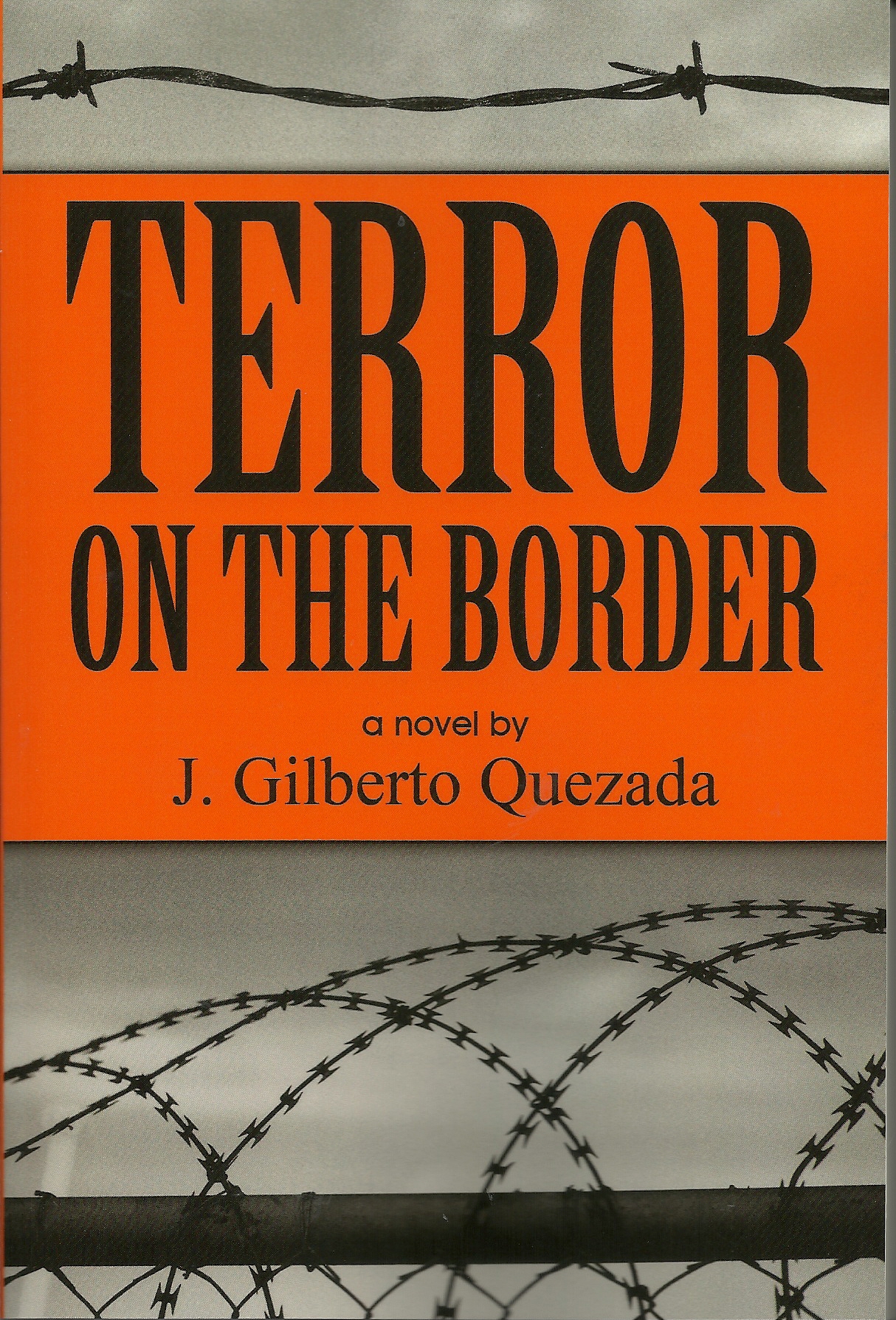

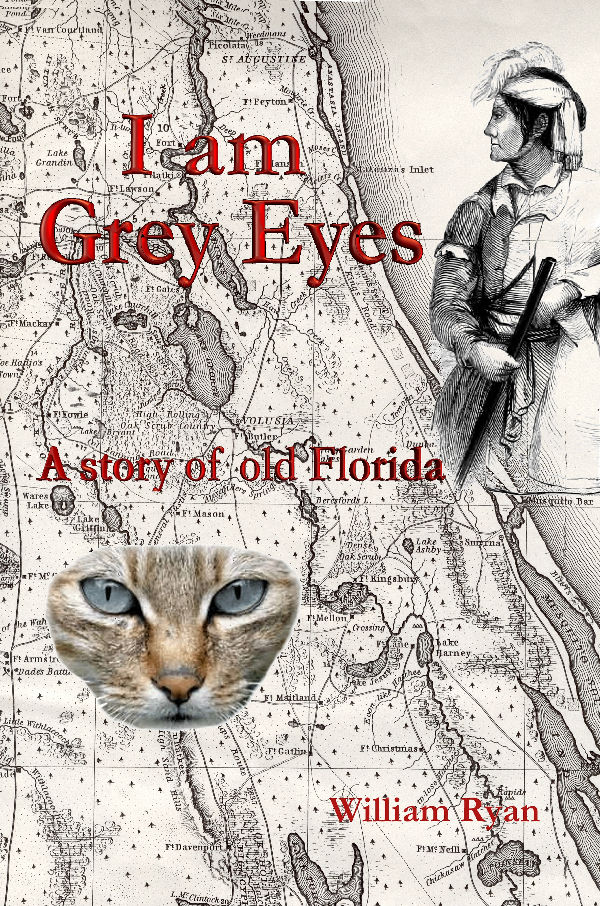
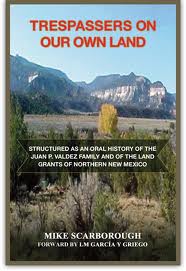

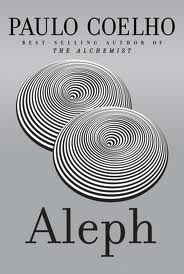
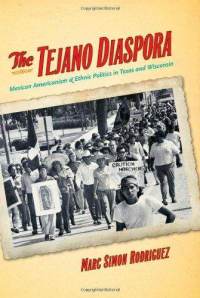
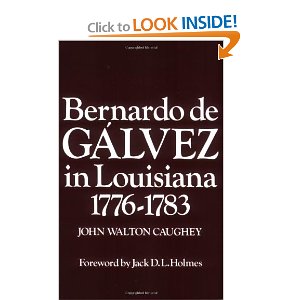
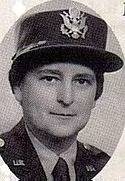


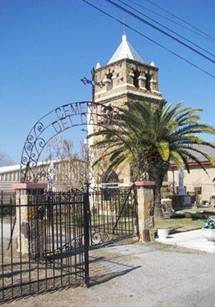
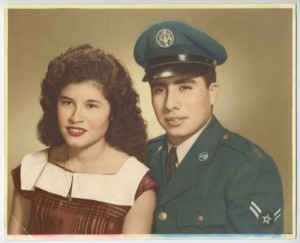
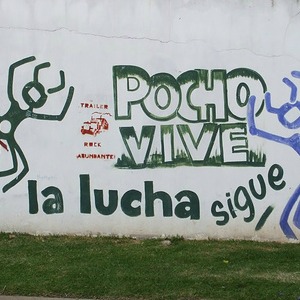
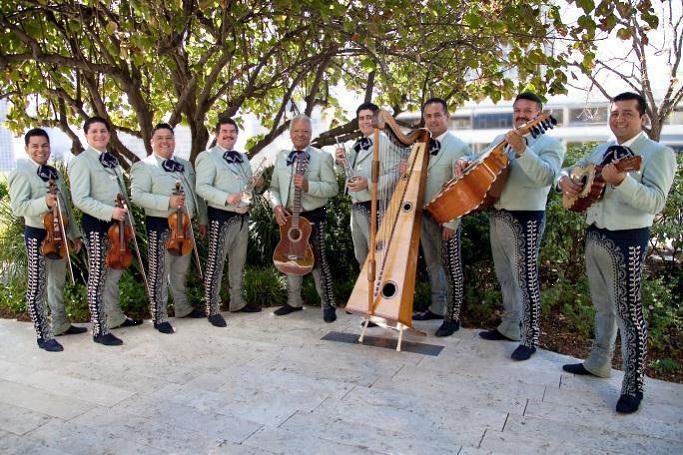
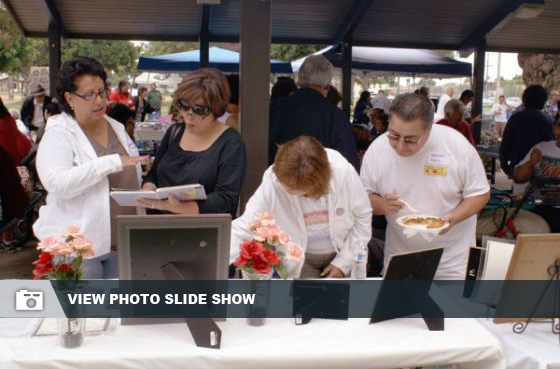

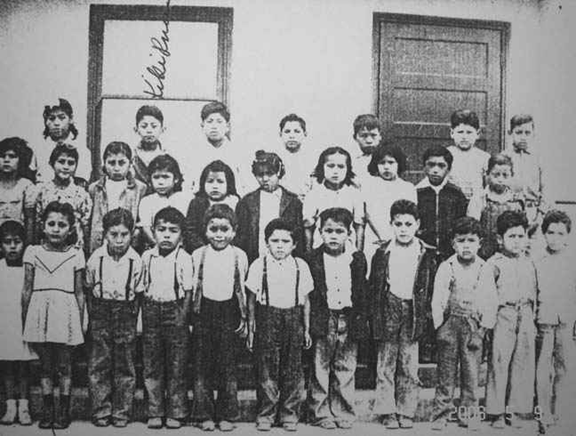
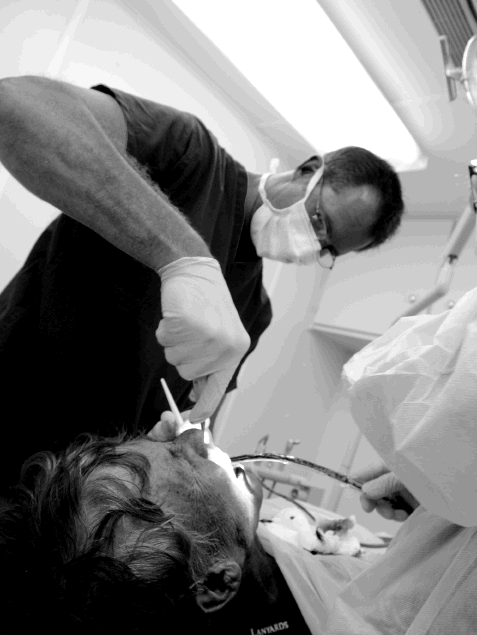
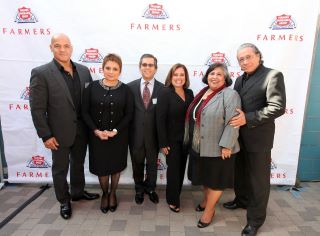
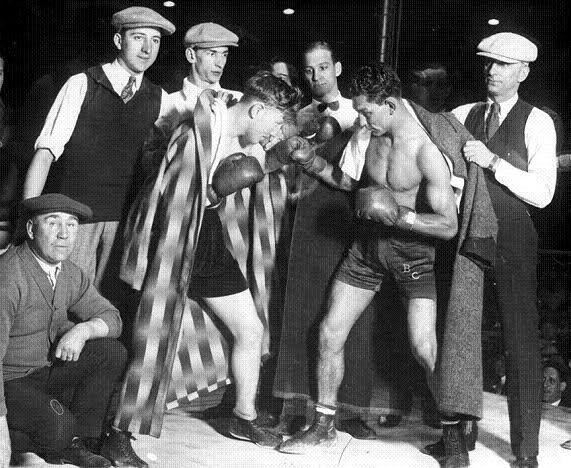





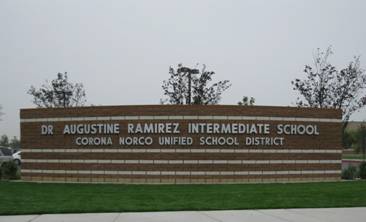
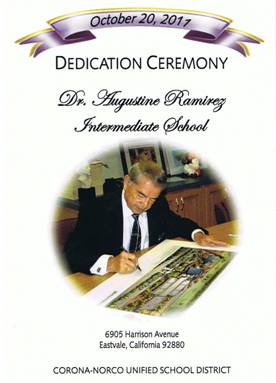

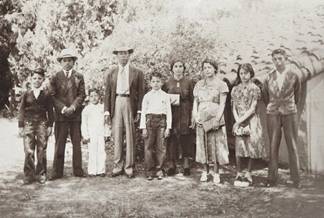
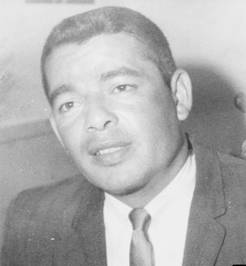
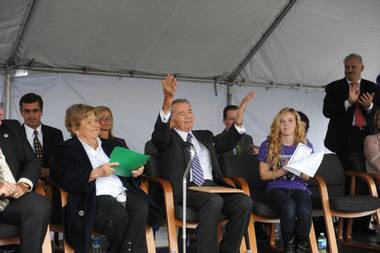
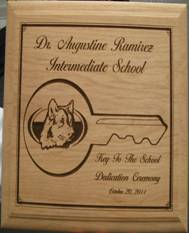
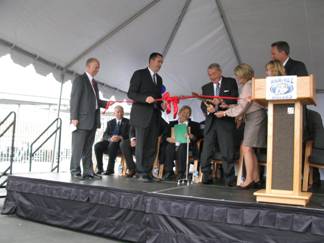
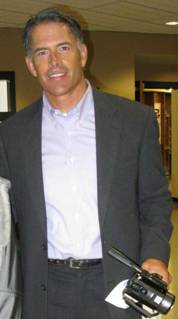
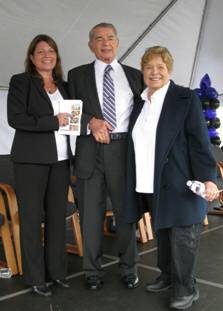
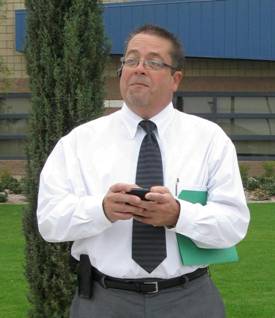
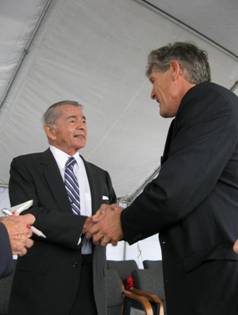
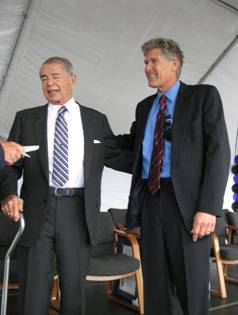
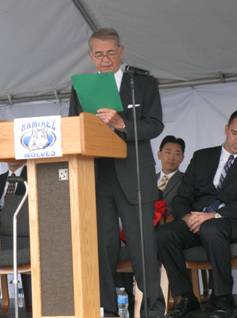
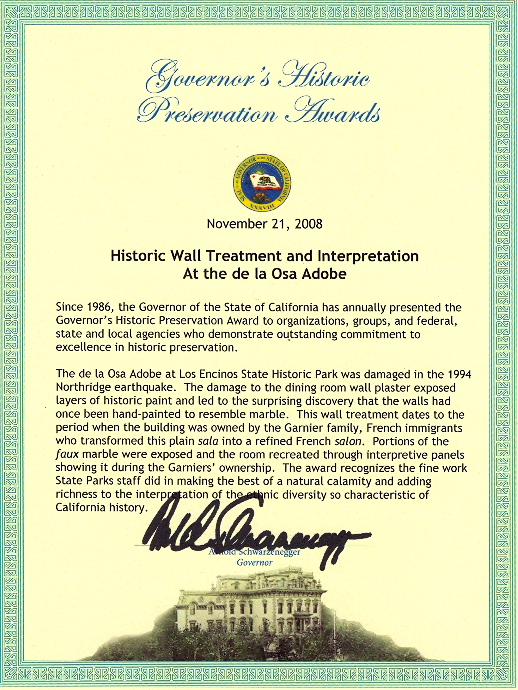
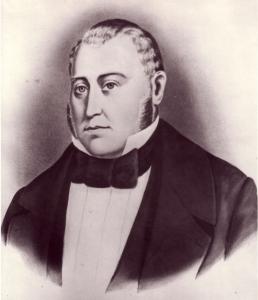 This
image, taken from a portrait, is the patriarch, Vicente de la Ossa, who
built the adobe that later became Los Encinos State Historic Park.
This
image, taken from a portrait, is the patriarch, Vicente de la Ossa, who
built the adobe that later became Los Encinos State Historic Park. 
